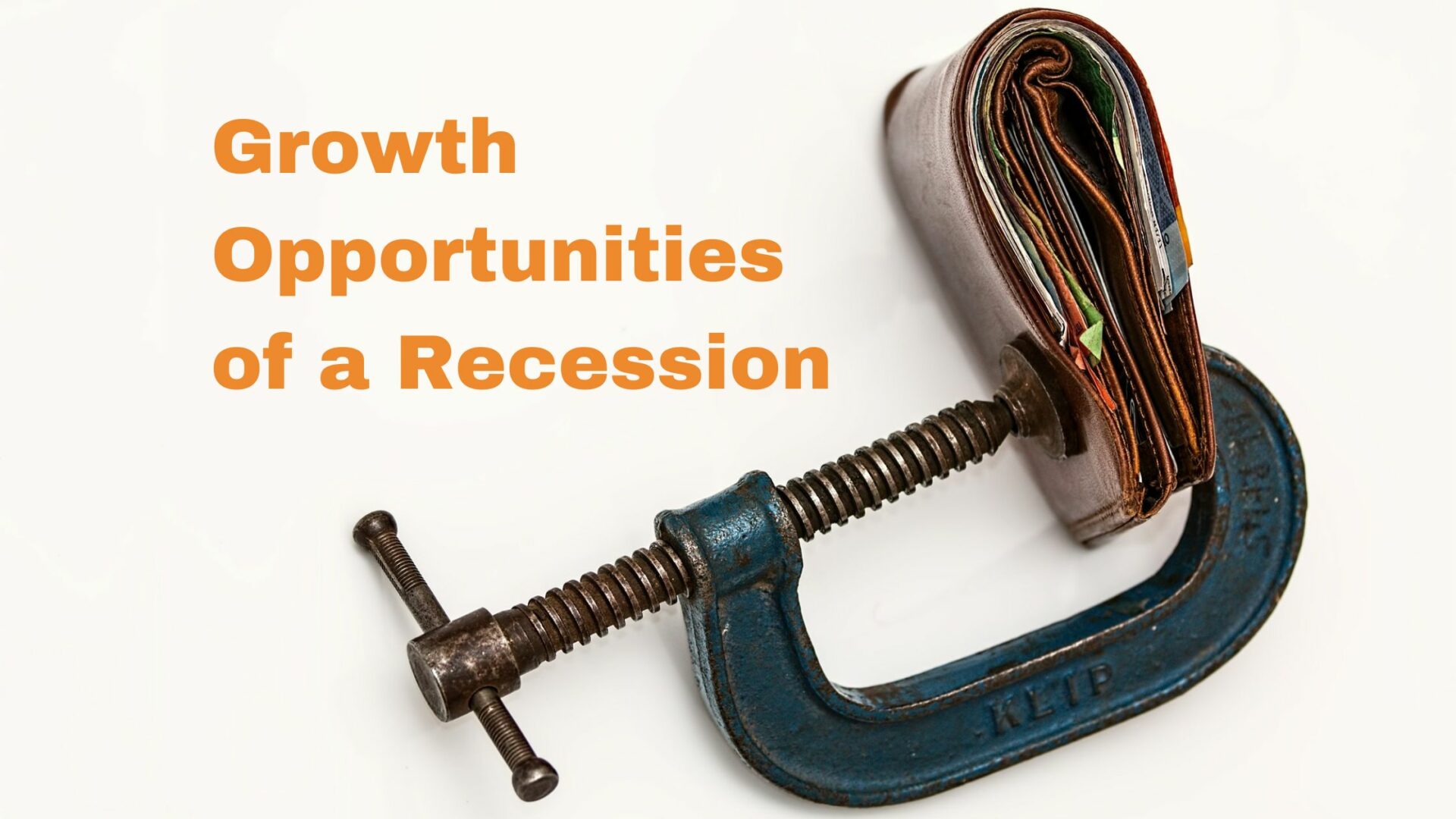[Problem Solving] What’s Your Problem?
When my youngest daughter was in her early teens, she was – to put it politely – a feisty character. “What’s your problem?” was a regular refrain of hers, although perhaps the fault was mine for not seeing the obvious, red-hot provocation of a question like “How was school today?”
So, when we pose that same question to a client – what’s your problem? – we’re not looking for an argument, we’re just highlighting that to figure out a solution the first step is understanding the real nature of the problem. That’s particularly the case when clients tell us, as they often do, in rather vague terms that what they have is a growth problem.
When we take on growth as a strategic challenge, one of the frameworks we use identifies whether the underlying problem is one of efficiency or productivity. Today these two terms are often confused or conflated, but there’s an important distinction to be made that points to the fundamental issue that needs to be resolved.
Efficiency is a measure of outputs over inputs, so it’s all about the overall results achieved using a specific set of resources such as machinery, people, money etc. Efficiency is about achieving the maximum level of output possible from the available set of resources – “sweating your assets” in other words – although, in practice, achieving even close to 100% efficiency is almost never viable or financially desirable. Maximising efficiency requires a detailed understanding of the potential output of the different resource sets across your business, as well as the inter-relationship between those resources.
Productivity, on the other hand, is a measure of output over a defined period of time. This could be the number of units off a production line in a week or it could be the revenue achieved over a year. If you are already operating at or close to optimum efficiency, then the only way you can achieve further output growth is by increasing productivity through investing in additional resources and creating an expanded platform for future growth, where once again maximising efficiency of resources will be key. If, however, you’re already investing in new resources whilst still operating at lower levels of efficiency, then you may simply be wasting your cash unnecessarily.
Understanding the difference between these two perspectives and knowing where your problem lies are key to ensuring you spend your time, effort and money wisely. It also means that if you too have a ructious teenager at home, then the next time you get asked “what’s your problem?”, you’ll be able to fire back with something pithy like “well, thank you for asking, it’s all about productivity actually.





